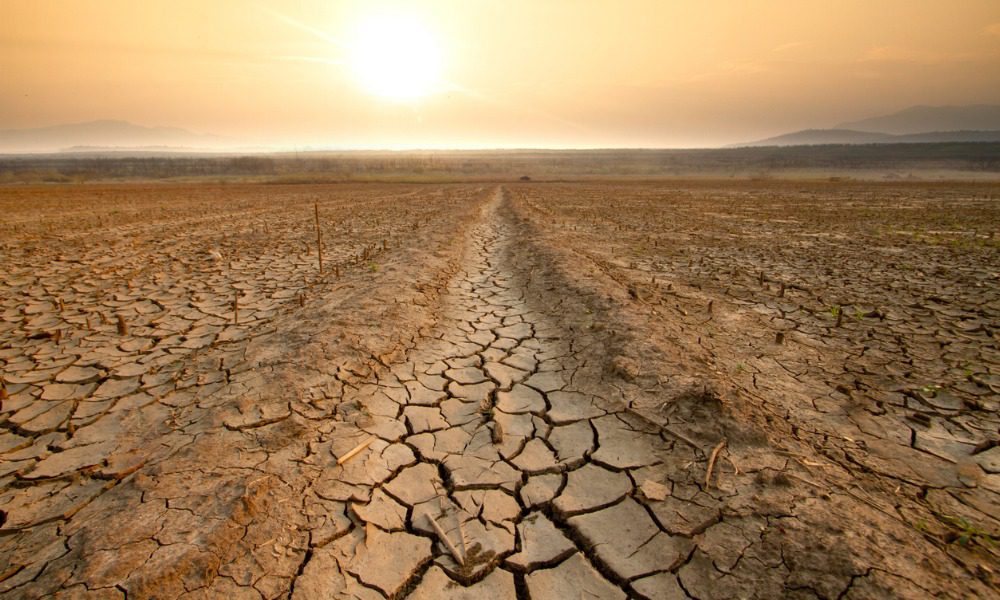Aon warns of fire danger as Australia braces for El Niño

Aon warns of fire danger as Australia braces for El Niño | Insurance Business Australia
Catastrophe & Flood
Aon warns of fire danger as Australia braces for El Niño
Report highlights concerns over bushfire risks and drought conditions
Catastrophe & Flood
By
Mika Pangilinan
Australia now faces a 70% chance of transitioning into El Niño during the winter of 2023, which is more than double the normal likelihood.
According to a new report from Aon, the El Niño event is expected to peak in spring and summer, bringing with it warmer-than-average temperatures, particularly across southern and eastern Australia.
These heightened temperatures could lead to an increased likelihood of high fire-danger days, the report warned. Since El Niño is often associated with lower-than-average rainfall, the report highlighted concerns about water availability and the potential for drought conditions.
Statistics from previous El Niño years indicate that approximately 40% of bushfire losses occur during these periods, when conditions “are hotter, drier and more settled.”
Tom Mortlock, a senior analyst at Aon and adjunct fellow at the Climate Change Research Centre at the University of New South Wales, explained that this historical loss record indicates a correlation between bushfire losses and El Niño, albeit to a lesser extent than the relationship between floods and cyclones with La Niña.
“We also see wider economic issues associated with pervasive El Niño including water availability, crop yields, coral bleaching events, heatwaves and human health implications,” he said.
Aon’s 2023 weather, climate and catastrophe report comes as the country emerges from three consecutive years of La Niña conditions, with the Bureau of Meteorology having official declared that Australia is now in El Niño Southern Oscillation (ENSO) neutral conditions.
In addition to sharing insights about Australia’s transition to El Niño, the report also offered a broader overview of insurance industry losses, revealing that 2022 was the third-highest insurance loss year on record since 1967.
Flooding has emerged as Australia’s second-most costly peril since 1967, the report stated, surpassing hailstorms but still trailing cyclones.
Aon head of analytics Peter Cheesman drew attention to the substantial protection gap of 86% in the APAC region, representing the difference between total economic losses and the portion covered by insurance.
“While the protection gap is not as great in Australia, the country continues to be exposed to increasingly volatile weather conditions that might in part be enhanced by the growing effects of climate change,” said Cheesman. “It is clear that closing the protection gap anywhere demands an ‘all-hands-on-deck approach,’ linking insurance with governments, public policy and other sources of risk-taking capital.”
What are your thoughts on this story? Feel free to comment below.
Related Stories
Keep up with the latest news and events
Join our mailing list, it’s free!






